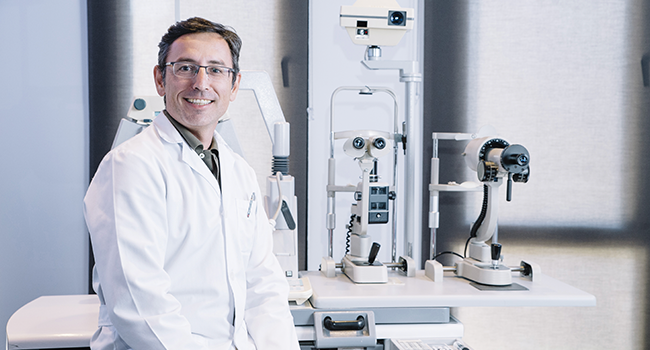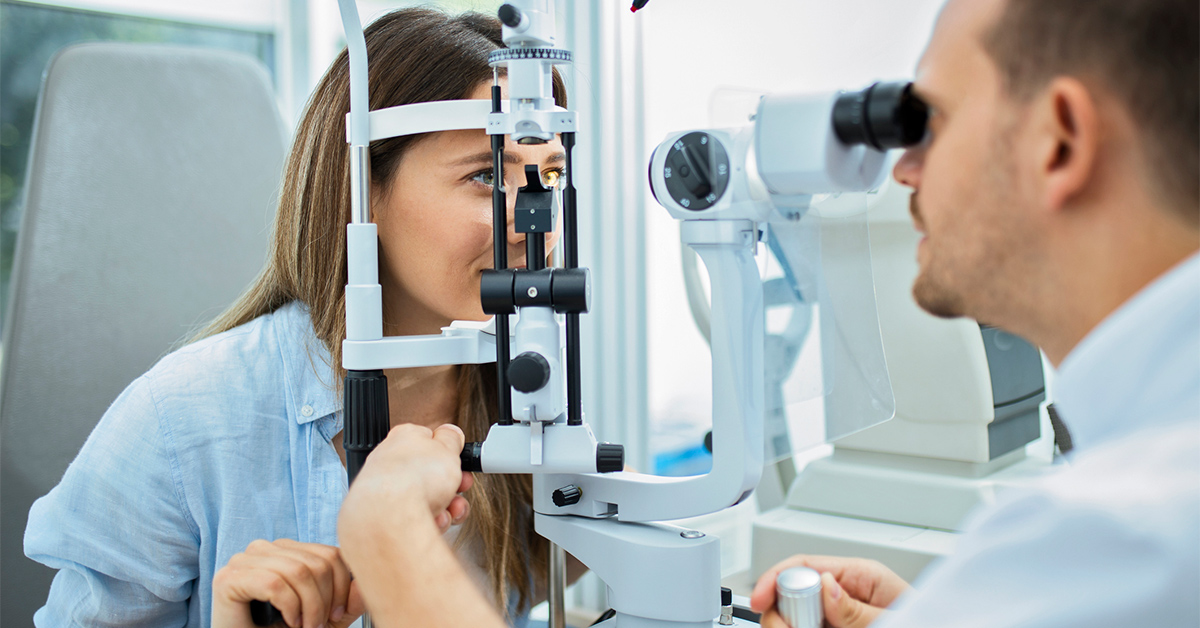Locate a Trusted Optometrist Chino for Household Eye Treatment Solutions
Locate a Trusted Optometrist Chino for Household Eye Treatment Solutions
Blog Article
Exploring the current Technical Developments in Optometry and What They Mean for Optometrists
In the ever-evolving area of optometry, current technological improvements are improving how experts come close to eye care. From the accuracy of Optical Coherence Tomography to the nuanced insights provided by AI-driven analysis tools, these technologies are establishing new criteria in individual assessment and therapy. Teleoptometry is positioned to redefine ease of access, making sure that proficiency transcends geographical constraints. As these advancements penetrate the method, optometrists are confronted with the difficulty of accepting these tools to improve individual results. The question remains: just how will these technical changes redefine the roles and duties within the occupation?
Technologies in Diagnostic Devices
Progressing the area of optometry, developments in analysis devices have revolutionized the method eye treatment specialists assess and diagnose aesthetic impairments and ocular problems. The previous decade has actually observed significant technological innovations, making it possible for more detailed and accurate assessments.
Another secret innovation is the introduction of sophisticated corneal topography systems, which map the surface area curvature of the cornea with precision. These tools are especially advantageous for fitting get in touch with lenses and detecting corneal disorders. Moreover, electronic retinal imaging has changed traditional ophthalmoscopy, providing detailed, panoramic views of the retina that facilitate thorough aesthetic evaluations.
The growth of wavefront aberrometry has actually likewise been important, allowing the analysis of refractive errors with unparalleled accuracy (Eye Doctor). This innovation aids in tailoring corrective lenses and boosting medical results for refractive surgeries. Jointly, these diagnostic innovations encourage optometrists to provide superior client treatment, making sure very early intervention and customized treatment approaches, eventually improving visual health and wellness end results
AI in Person Management
Building on the foundation of advanced analysis tools, the unification of synthetic knowledge (AI) in patient management stands for a transformative jump for optometry. AI systems are increasingly utilized to improve efficiency, precision, and personalization in individual treatment.
Furthermore, AI-driven systems assist in structured person communications and administrative procedures. Automated scheduling, digital assessments, and individualized follow-up plans not only enhance individual complete satisfaction but likewise enhance time monitoring for experts. These systems can triage individuals based upon the seriousness of their problems, making certain that those in critical need obtain punctual focus.
Furthermore, AI improves decision-making by giving optometrists with evidence-based recommendations and therapy pathways. By integrating data from digital health documents, AI devices offer understandings that inform clinical decisions, lowering the threat of errors and boosting client results. As AI proceeds to develop, its role in patient administration will likely expand, improving the landscape of optometric care.
Advances in Retinal Imaging
In the realm of optometry, retinal imaging has witnessed amazing technical developments that are improving analysis capacities and individual care. Innovations such as Optical Comprehensibility Tomography (OCT) and fundus digital photography have reinvented just how eye doctors evaluate the retina and visualize. OCT, particularly, provides high-resolution, cross-sectional pictures of the retina, allowing for the thorough examination of its layers. This capacity is important for early discovery and management of problems like glaucoma, diabetic retinopathy, and age-related macular degeneration.
Enhanced imaging modalities like OCT angiography are more refining diagnostic precision. Eye Doctor. Such innovations help with the identification of min retinal changes that might signify illness progression.
Moreover, advancements in fabricated intelligence are increasing retinal imaging by enabling automatic analysis of huge datasets. These systems assist optometrists in determining patterns a measure of pathology, therefore enhancing diagnostic precision and performance. Collectively, these developments are transforming retinal imaging right into a keystone of modern-day eye care, improving results and broadening healing opportunities.
Teleoptometry's Expanding Duty
Teleoptometry is increasingly becoming an important element of eye treatment, driven by advancements in data and diagnostic devices. As optometry welcomes electronic makeover, teleoptometry promotes remote consultations, permitting eye doctors to expand their solutions beyond conventional limits. This is particularly valuable in country and underserved locations where over at this website access to specialized eye care is typically restricted. By leveraging high-resolution video conferencing and advanced retinal imaging, eye doctors can carry out thorough eye tests from afar, ensuring prompt diagnosis and treatment.
The assimilation of fabricated intelligence (AI) additional improves teleoptometry, enabling the evaluation of visual data and aiding navigate to these guys in the discovery of ocular problems such as glaucoma and diabetic retinopathy. AI-powered formulas can rapidly analyze complicated imaging information, supplying eye doctors with useful insights that bolster clinical decision-making.
In addition, teleoptometry supports connection of care through smooth integration with digital wellness documents (EHRs), allowing optometrists to keep comprehensive client backgrounds. This guarantees that people receive regular and individualized treatment also when speaking with different experts.
In spite of these advantages, obstacles continue to be, including ensuring information security and handling individual expectations. Teleoptometry stands for a considerable stride in the direction of more accessible, efficient, and patient-centered eye treatment. As technology progresses, its function is poised to increase even more.

Future Trends in Eye Care
A myriad of innovative trends is established to reshape the future of eye care, driven by technical innovations and the progressing demands of people. One substantial fad is the combination of expert system (AI) in diagnostics, which guarantees to enhance the precision and performance of eye examinations. AI algorithms can analyze substantial amounts of data from retinal pictures, possibly spotting conditions like diabetic person retinopathy and glaucoma earlier than typical techniques.
In addition, personalized medication is getting traction in optometry, with genetic testing educating personalized treatment strategies. This strategy intends to optimize person outcomes by customizing treatments to individual hereditary profiles. Wearable innovation, such as smart call lenses, is likewise on the horizon, offering real-time surveillance of intraocular pressure or sugar levels, hence giving continual understandings into ocular and systemic wellness.
The fostering of augmented truth (AR) and virtual truth (VR) in training and patient education and learning is another emerging pattern. These innovations offer immersive experiences that can improve understanding and abilities both for optometrists and go clients. As these patterns progress, optometrists have to stay abreast of technical developments to provide cutting-edge care, making certain improved person outcomes and fulfillment in the dynamic landscape of eye treatment.
Conclusion

Jointly, these analysis innovations empower eye doctors to deliver superior individual care, ensuring very early treatment and customized therapy methods, eventually enhancing aesthetic health and wellness outcomes.

As these technologies proceed to evolve, eye doctors must adjust and include them into technique, ultimately maximizing workflow effectiveness and elevating the criterion of eye care supplied to individuals.
Report this page